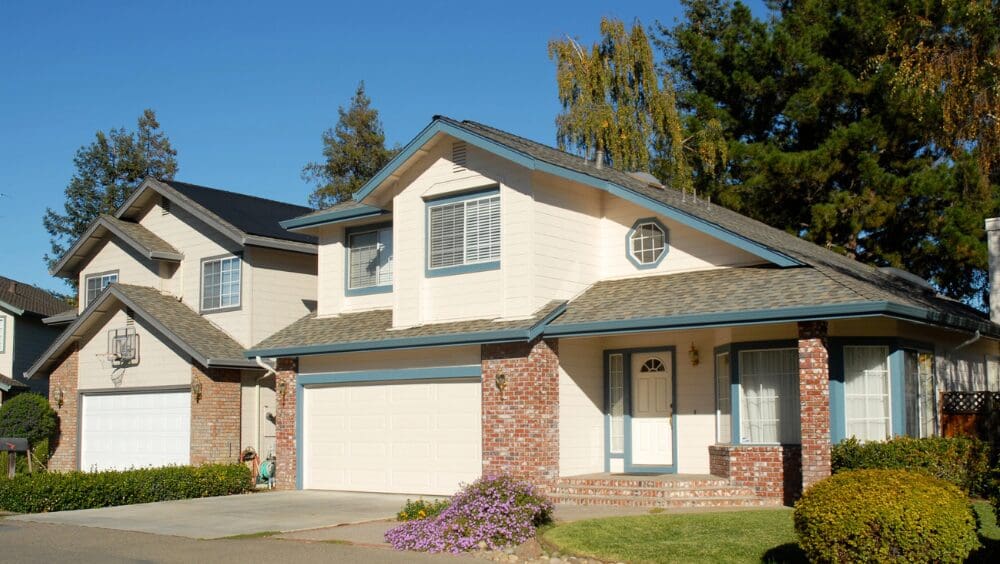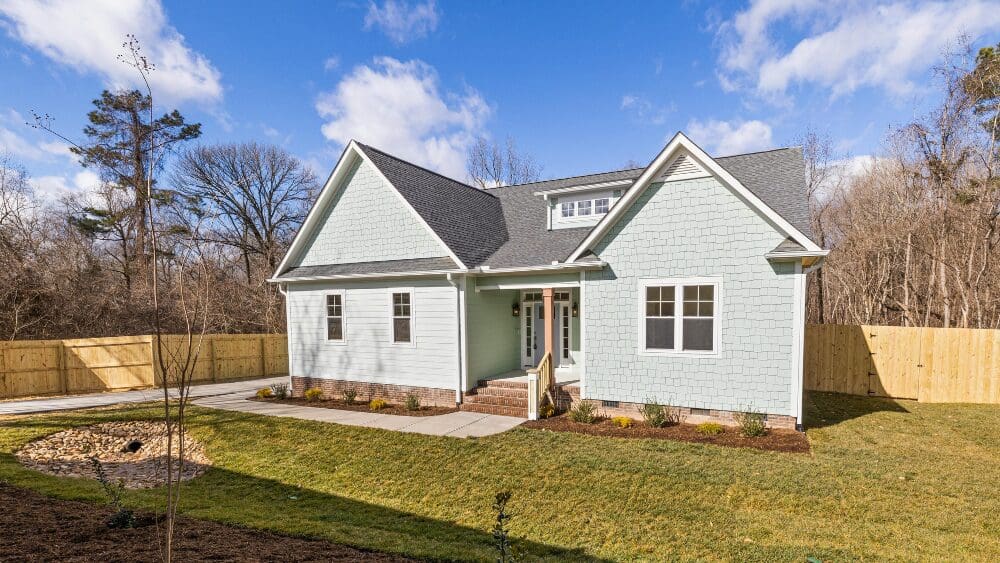
Selling your existing San Diego home while trying to purchase a new one can feel insurmountable. This can be especially tough as the San Diego market is plagued by notoriously low inventory and high prices. You might think your only choice is to sell your current home, find a temporary place to live, and search for your new house. But there’s an alternative you probably haven’t considered — a bridge loan. A bridge loan is a short-term financial tool that “bridges the income gap”, enabling you to purchase your new home before you’ve sold your old one. This allows you to utilize the equity from your existing property and streamline the transition into your new home without needing temporary housing. A bridge loan is a short-term loan that uses the equity you’ve built up in your existing home, providing you with the funds needed for the down payment and closing costs on your new property. While these loans are typically more expensive than traditional mortgages, in exchange, they offer convenience and expediency when time is of the essence, letting you move forward with your new home purchase in San Diego without the delay of waiting for your old home to sell. A typical situation in which a San Diego home buyer might need a bridge loan is when you’re eager to secure your new home, but your current one hasn’t sold yet. To bridge this income gap, you can leverage the equity from your existing home for the down payment and closing costs on your new property. Typically, the same lender handling your new mortgage will also manage your bridge loan. They usually require that your old home is listed for sale and offer the bridge loan for a period ranging from six months to a year. One important thing to consider is your debt-to-income ratio (DTI). Your lender will factor in your current mortgage payments, the mortgage on your new home, and any interest-only payments on the bridge loan. Lenders consider your DTI so that they can be confident you can manage payments on both properties if your old home doesn’t sell as quickly as anticipated. However, if your old home is already under contract with a buyer who has secured their loan, the lender might consider only your new mortgage payment in the DTI calculation. Bridge loans have several benefits, making them an attractive option for homebuyers dealing with the dual challenge of buying and selling homes. However, there are several downsides to consider. While bridge loans offer several advantages in managing real estate transitions, they also have drawbacks. Lenders also consider the equity in your current home when determining your borrowing capacity. Qualifying for a bridge loan may be challenging if you owe more than 80% of your home’s value. A bridge loan is not a one-size-fits-all solution in real estate, but it can significantly ease the transition between selling your current home and purchasing a new one for some homeowners. Scenarios where a bridge loan might be ideal include: Especially if you cannot prepare or stage your current home for sale while still living in it, a bridge loan can provide the necessary flexibility and financial leverage. It enables you to vacate and stage your home, often leading to a quicker sale at a higher price.What is a bridge loan, in simple words?
How does a bridge loan work in San Diego?
What are the benefits of a bridge loan in San Diego?
What are the drawbacks of a bridge loan?
When is a bridge loan a good solution?



